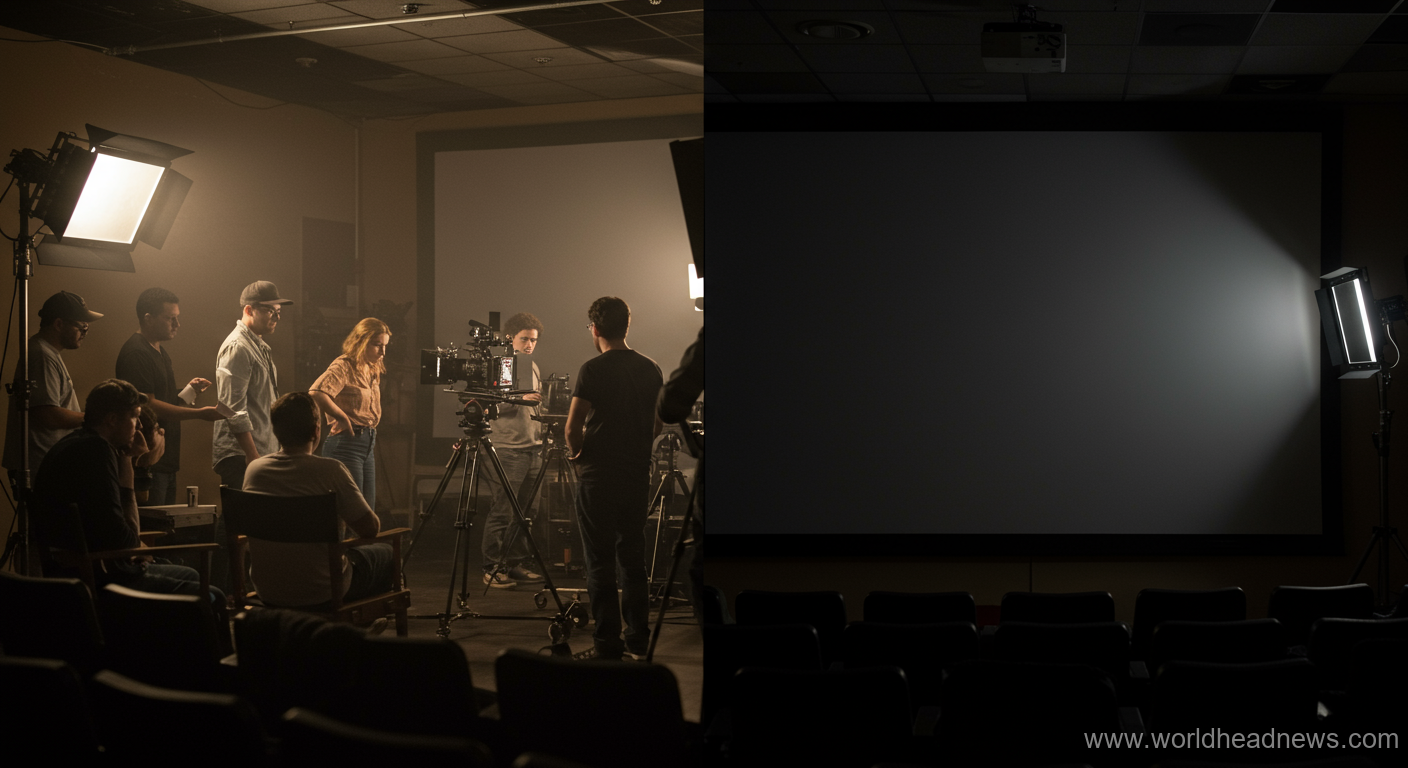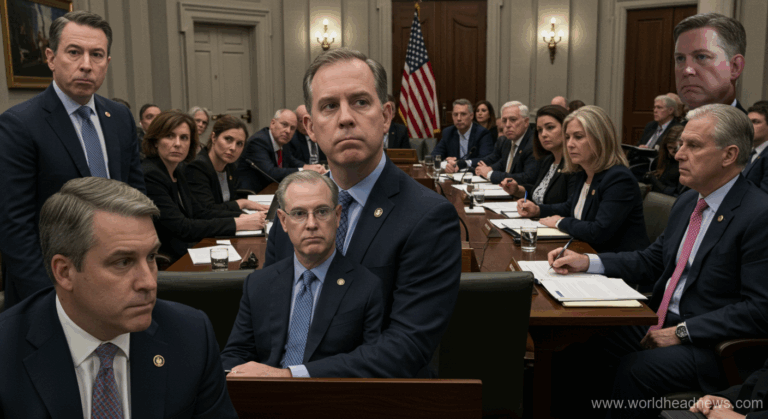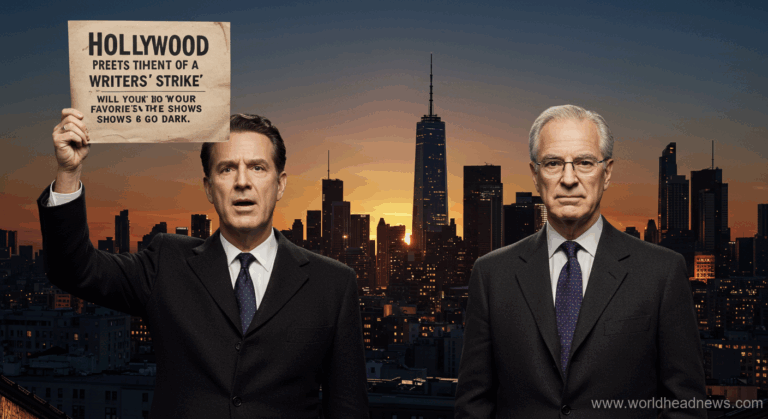Strike Binge Future considerations are at the forefront of many minds as the entertainment landscape undergoes significant shifts. Consequently, understanding the implications of recent industrial actions by Hollywood writers and actors is crucial for anyone who enjoys consuming media, especially through streaming platforms. Furthermore, these strikes represent a pivotal moment, potentially reshaping the very nature of content creation and audience engagement for years to come. Therefore, delving into the complexities of these negotiations and their projected outcomes offers valuable insight into the future of our entertainment habits.
Hollywood’s Creative Core Reimagined
The fundamental question emerging from the Hollywood labor disputes revolves around the equitable compensation and working conditions for the creative minds that bring our favorite stories to life. Specifically, writers and actors, the bedrock of any compelling narrative, have voiced deep concerns regarding residuals, artificial intelligence’s encroachment on creative roles, and the sustainability of freelance careers in an increasingly algorithm-driven industry. Moreover, the rise of streaming, while democratizing access to content, has also introduced a new set of challenges for performers and scribes alike, altering traditional payment structures in ways that many feel are detrimental to their livelihoods. It is therefore essential to examine the specific demands put forth by unions such as the Writers Guild of America (WGA) and SAG-AFTRA to grasp the full scope of their struggle.
Additionally, the traditional model of Hollywood, built on long-term studio contracts and clear pathways for career progression, has been significantly disrupted by the current economic realities. Consequently, many creatives now find themselves navigating a precarious freelance existence, where consistent work and reliable income are far from guaranteed. In this scenario, the importance of residuals, which are payments made to writers and actors for each broadcast or rerun of their work, becomes paramount. However, the streaming era has complicated these calculations, often leading to significantly reduced or non-existent residual payments, a primary point of contention in the ongoing negotiations.
Furthermore, the specter of artificial intelligence looms large, threatening to automate aspects of creative work that were once thought to be uniquely human. Therefore, the unions are pushing for safeguards that ensure AI is used as a tool to assist, rather than replace, human writers and performers. For example, concerns have been raised about AI being used to generate scripts or to mimic actors’ likenesses without their consent or fair compensation. In this way, the future of creative integrity is intrinsically linked to the outcomes of these labor disputes.
Actually, the demand for greater transparency in streaming viewership data is another critical element. Consequently, without knowing how widely their work is being consumed, it becomes exceedingly difficult to negotiate fair compensation based on performance. In conclusion, the current industrial actions are not merely about immediate financial gains; they represent a fight for the long-term viability and dignity of creative professions in the digital age.
The Shifting Sands of Content Consumption
Consequently, the impact of these strikes extends far beyond the studios and the picket lines, directly influencing how and what we, as consumers, will be watching. Moreover, as production schedules are disrupted and planned releases are postponed, audiences may experience a noticeable shift in the availability of new content. Therefore, understanding this dynamic is key to appreciating the broader ramifications of the Hollywood disputes.
In addition, the reliance on existing content libraries might increase, leading to a renewed appreciation for older films and television shows, or perhaps a growing sense of fatigue with repetitive programming. Conversely, this disruption could also spur innovation, encouraging smaller studios or independent creators to fill the void with fresh, original material, albeit perhaps on a smaller scale initially. For example, the current hiatus could provide an opportunity for platforms to invest more heavily in international productions or in content generated by emerging markets, thereby diversifying our viewing options even further.
Furthermore, the increased scarcity of new, high-profile releases might lead to a more deliberate approach to content consumption. People may become more selective about what they choose to watch, opting for quality over quantity and engaging more deeply with the projects that do manage to reach them. Therefore, this shift could foster a more discerning audience, one that is more appreciative of well-crafted storytelling and authentic performances, rather than simply consuming content passively. In this way, the strike could inadvertently cultivate a more engaged and appreciative viewing public.
Specifically, the prolonged absence of new seasons of popular shows could also lead to a decline in the “binge-watching” culture that has become so prevalent. Although audiences might still seek out new material, the sheer volume of it may be reduced, encouraging a more measured and perhaps more mindful engagement with entertainment. Moreover, this could be a positive development, fostering a greater appreciation for individual episodes and the narrative arcs they represent, rather than the often overwhelming experience of consuming an entire season in a single sitting.
Economic Ripples and the Streaming Ecosystem
Therefore, the economic consequences of these strikes are multifaceted, affecting not only the immediate stakeholders in Hollywood but also the broader ecosystem of the streaming industry. Specifically, the prolonged halt in production can lead to significant financial losses for studios, production companies, and related businesses that rely on a steady stream of new content. Additionally, the uncertainty surrounding future production can impact investment decisions and the overall health of the entertainment sector.
Moreover, the streaming platforms themselves are under pressure. Although they have benefited from the increased demand for home entertainment, the cost of producing new content is substantial. Consequently, a protracted production shutdown could affect their subscriber growth and retention strategies, forcing them to re-evaluate their content pipelines and potentially their pricing models. For instance, if popular shows are delayed indefinitely, subscribers might question the value proposition of their monthly fees, leading to increased churn.
Furthermore, the advertising revenue associated with entertainment also plays a role. Although many streaming services are ad-free, the broader entertainment industry, including television broadcasting and online video platforms, relies on advertising. Therefore, a slowdown in production can indirectly affect the advertising market, leading to reduced spending and a ripple effect across various industries. In this way, the interconnectedness of the media landscape becomes apparent, highlighting how disruptions in one area can have far-reaching implications.
In addition, the potential for international productions to gain prominence is another economic factor to consider. As Hollywood grapples with its internal issues, there might be an increased opportunity for content from other regions to capture global audiences. Consequently, this could lead to a diversification of investment and a shift in the global balance of power within the entertainment industry, potentially benefiting creators and markets outside of traditional Hollywood centers. Moreover, this could also be seen as an opportunity for viewers to explore a wider array of cultural perspectives and storytelling traditions.
The Future of Storytelling and AI’s Role
Actually, the conversation around artificial intelligence in Hollywood is no longer a hypothetical; it is a present reality that the strikes are actively addressing. Specifically, the fear among writers and actors is that AI could be used to generate scripts, create digital performances, or even replace human creatives altogether, thereby devaluing their skills and diminishing job opportunities. Therefore, establishing clear guidelines and protections regarding AI’s use is a critical component of the ongoing negotiations.
However, some argue that AI could be a valuable tool for augmenting human creativity, assisting with tasks such as research, data analysis, or even generating initial drafts that can then be refined by human writers. For example, AI might be employed to analyze audience preferences and suggest story elements that are likely to resonate, or to help with the complex logistics of scheduling and production. In this scenario, the focus would be on collaboration rather than replacement, with AI serving as a co-pilot for human ingenuity.
Furthermore, the ethical implications of AI-generated content are profound. For instance, questions arise about authorship, copyright, and the authenticity of creative expression. If a story is generated by an AI, who owns the intellectual property? How can audiences distinguish between human-created art and algorithmically produced content? These are complex issues that require careful consideration and robust regulatory frameworks. In conclusion, the development of AI in the creative industries necessitates a thoughtful and proactive approach to ensure that technology serves humanity, rather than the other way around.
Additionally, the very definition of “creativity” might be challenged as AI becomes more sophisticated. Although some may argue that true creativity stems from human emotion, experience, and consciousness, others might contend that complex algorithmic processes can, in effect, produce outputs that are indistinguishable from human creativity. Therefore, navigating this evolving landscape will require ongoing dialogue and a willingness to adapt our understanding of what it means to create art. Moreover, this intellectual debate is as vital as the economic one in shaping the future of entertainment.
Navigating the New Entertainment Paradigm
Consequently, as we look ahead, the entertainment landscape is poised for a significant transformation, shaped by the outcomes of these pivotal Hollywood negotiations. Specifically, the decisions made today will undoubtedly influence the types of stories we see, the way they are produced, and the economic realities for the people who create them. Therefore, understanding these dynamics is essential for anticipating the future of our media consumption habits.
Moreover, the industry may see a more pronounced shift towards independent productions and international content as major studios navigate the aftermath of labor disputes. Additionally, audiences might become more discerning, seeking out unique and compelling narratives that stand out amidst a potentially more curated content flow. For example, a prolonged strike could lead to a surge in demand for content from regions less affected by the immediate disruptions, offering viewers a broader spectrum of global storytelling.
Furthermore, the role of technology, particularly artificial intelligence, will continue to be a central theme. However, the crucial factor will be how these advancements are integrated – whether they serve to augment human creativity or to supplant it. Therefore, striking a balance that fosters innovation while safeguarding the livelihoods and artistic integrity of human creators is paramount. In this way, the industry can harness the potential of new tools without compromising its human core.
In conclusion, the current era represents a critical juncture for the entertainment industry. The collective bargaining efforts of writers and actors are not merely about securing better wages and working conditions; they are about defining the future of creative expression, the sustainability of artistic careers, and ultimately, the kind of stories that will captivate audiences in the years to come. The Fifth Khanda of the First Chapter of the Brihadaranyaka Upanishad: Saptanna Brahmana offers ancient wisdom on nourishment and creation, a parallel that, while distinct, underscores the fundamental human need for sustenance, both literal and creative. Similarly, the chilling allure of Nosferatu has 'a lot to sink your enamel into' reminds us of the enduring power of compelling narratives, regardless of their origin. The path forward for content creation, therefore, requires a careful consideration of these evolving forces. For those seeking to understand this further, one might Search on Bing, Search on Google, or Watch on YouTube to explore the breadth of discussions and analyses surrounding these critical industry shifts.














